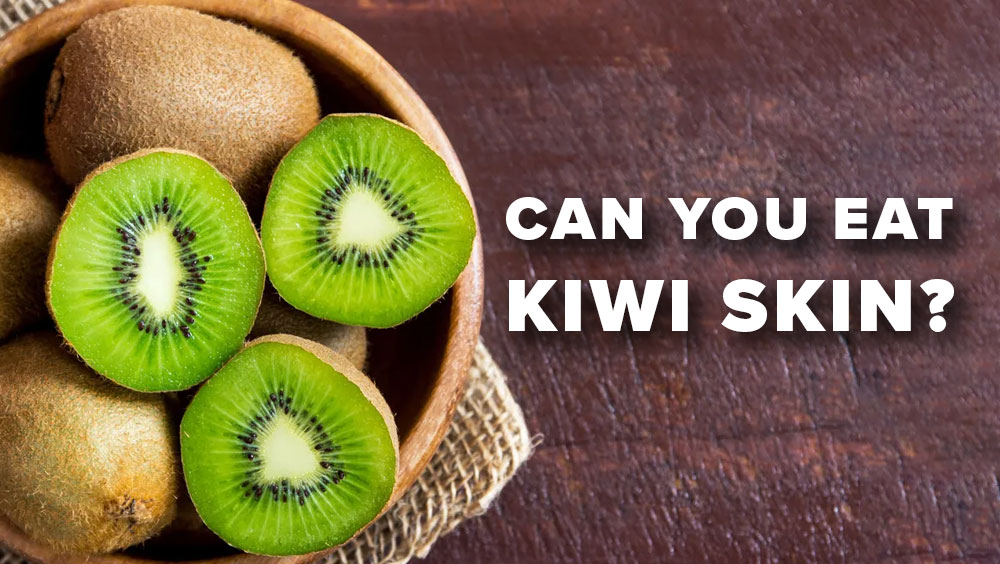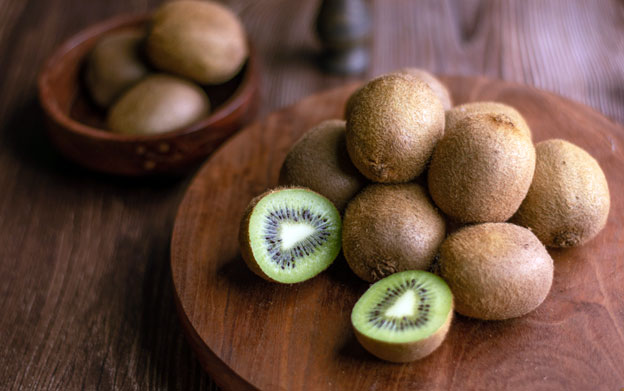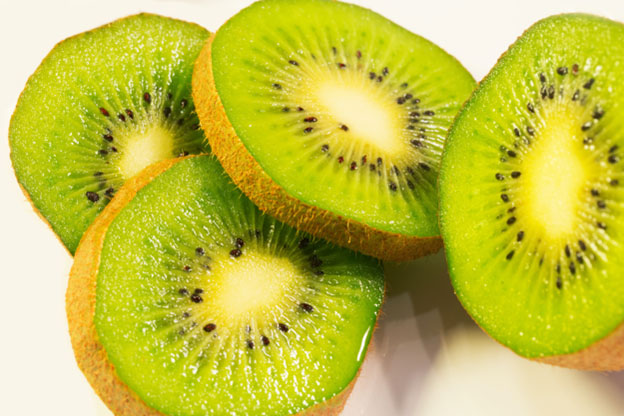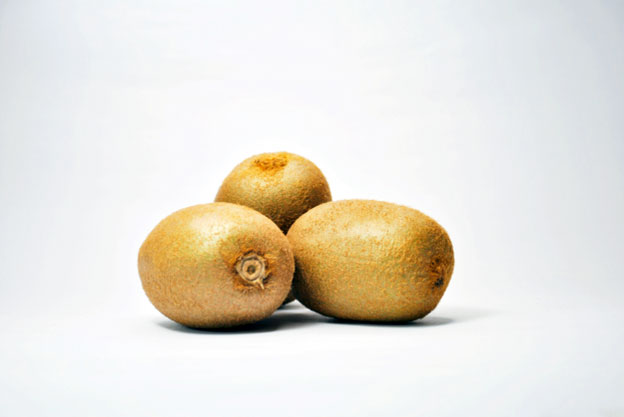
Kiwi is a versatile and delicious fruit enjoyed by people around the world. While many people enjoy the tart, sweet pulp of the kiwi, some may wonder if it is safe to consume the skin of this popular fruit. In this article, we will explore whether it is safe to eat kiwi skins and discuss its potential health benefits. We will also provide tips on how to prepare kiwi skin for consumption.

Nutritional Value of Kiwi Skin
Fiber Content
The fuzzy skin of kiwis not only adds a unique texture to the fruit but also provides a significant amount of dietary fiber. Just one medium-sized kiwi with the skin on contains about 2 grams of fiber. This makes kiwi skin a valuable addition to your die.
Dietary fiber is known for its ability to support regular bowel movements and maintain a healthy gut. It adds bulk to your stool, making it easier to pass through the digestive system and prevent constipation.
Fiber also helps to regulate blood sugar levels and promote satiety, making you feel fuller for longer periods. This can aid in weight management and prevent excessive snacking between meals.
Vitamins and Antioxidants
Kiwi skin, also known as Chinese gooseberry, is particularly rich in vitamin C, which is a powerful antioxidant. Vitamin C plays a crucial role in immune health, as it helps protect cells from damage caused by free radicals and supports the production of collagen. It also the absorption of iron and helps maintain healthy gums.

Benefits and Considerations
Nutrient Retention
When it comes to nutrient retention, consuming kiwi with the skin on can be advantageous. The skin of the kiwi contains a wealth of nutrients that you might miss out on if you peel it before eating.
Let's compare the nutrient content between peeled and unpeeled kiwi. A study published in the Journal of Food Science found that the skin of a kiwi contains higher concentrations of certain nutrients compared to the flesh. For example, the skin is packed with fiber, which aids in digestion.
Additionally, the skin is rich in vitamin C, an essential nutrient that boosts immune health and acts as a powerful antioxidant. By consuming the skin, you can increase your intake of this immune-boosting vitamin.
It's important to note that while the skin of the kiwi contains valuable nutrients, there are some considerations to keep in mind. Some individuals may be allergic to the fruit, including the skin, so it's essential to be aware of that before consuming it.
Texture and Taste
The fuzzy texture of kiwi skin is due to the fine hairs covering its outer surface. When biting into the skin, you may notice a slightly strange mouthfeel compared to the soft flesh underneath. Some people find the texture of kiwi skin off-putting, while others don't mind it at all.
In terms of taste, the skin of green kiwis is tangy, while the flesh has a sweet flavor. The combination of the tangy skin and sweet flesh creates a unique taste experience when eaten together. However, if you prefer a smoother and milder flavor profile, peeling the kiwi is an option.
Pesticide Residue
When considering whether or not to eat the skin of a kiwi, it's important to take into account pesticide residue. Conventionally grown kiwis are often treated with pesticides to protect them from pests and diseases. These chemicals can leave residue on the skin, which can be harmful if ingested.
Choosing organic kiwis can help minimize your exposure to pesticide residue. Organic farming practices prohibit the use of synthetic pesticides, so organic kiwis are grown without the use of these potentially harmful chemicals. By opting for organic kiwis, you can enjoy the nutritional benefits of the skin without worrying about pesticide residue.
How to Eat Kiwi Skin
Washing and Scrubbing
1. Start by holding the kiwi under running water. The water should be at a medium flow, enough to rinse away any dirt or debris on the skin.
2. Gently rub the entire surface of the kiwi with your hands. Make sure to give it a thorough scrub, especially in areas where dirt may be more concentrated, such as the stem.
3. If there are any stubborn spots or stains, you can use a soft-bristled brush, like a vegetable brush, to gently scrub those areas.
4. Continue rinsing and scrubbing until you've thoroughly cleaned the entire kiwi skin. Ensure all the dirt, bacteria, and potential contaminants are washed away.
5. Once the kiwi is clean, pat it dry with a clean towel or paper towel. This will remove any excess moisture that could make the skin slippery.

Slicing and Dicing
If you prefer to enjoy kiwi with the skin intact, here are some tips for slicing or dicing it:
1. Start by rinsing and cleaning the kiwi as mentioned earlier. This will ensure the skin is free from any dirt or debris.
2. Take a sharp paring knife and carefully trim off both ends of the kiwi. This will create a stable base for slicing or dicing.
3. Hold the kiwi upright on one of the trimmed ends and slice off the brown skin in thin strips, working your way around the fruit. Make sure to remove only the skin without cutting too deeply into the flesh.
4. Once the skin is removed, you can now slice or dice the kiwi to your desired shape and size. For slicing, simply cut the kiwi crosswise into thin rounds. For dicing, cut the kiwi in half lengthwise, and then slice each half into small pieces.
5. Remember to use a gentle touch when handling the kiwi to preserve its delicate texture and avoid squishing the flesh.
Including Kiwi Skin in Dishes:
If you'd like to incorporate kiwi skin into your dishes, here's a simple preparation process:
1. Clean the kiwi thoroughly by following the rinsing and scrubbing steps mentioned earlier.
2. Trim off both ends of the kiwi with a sharp paring knife.
3. Hold the kiwi upright on one of the trimmed ends and use the knife to carefully peel off the brown skin in thin strips, working your way around the fruit.
4. Rinse the peeled skin once again under running water to remove any residue.
5. Pat the kiwi skin dry with a clean towel or paper towel.
6. Finely chop or blend the kiwi skin to add texture and flavor to your dishes. It can be mixed into salads, salsas, smoothies, or used as a garnish.
Conclusion
In conclusion, eating kiwi skin is a personal choice that can have both benefits and considerations. The skin of kiwi, also known as the "fuzzy skin," is edible and contains several nutrients. It is a source of fiber, which aids in digestive health, and it also provides a good amount of vitamin C.

However, there are a few things to keep in mind when consuming kiwi skin. First, it is important to wash and clean the kiwi thoroughly to remove any dirt or debris. Trimming off the ends and peeling the brown skin into thin strips is also recommended.